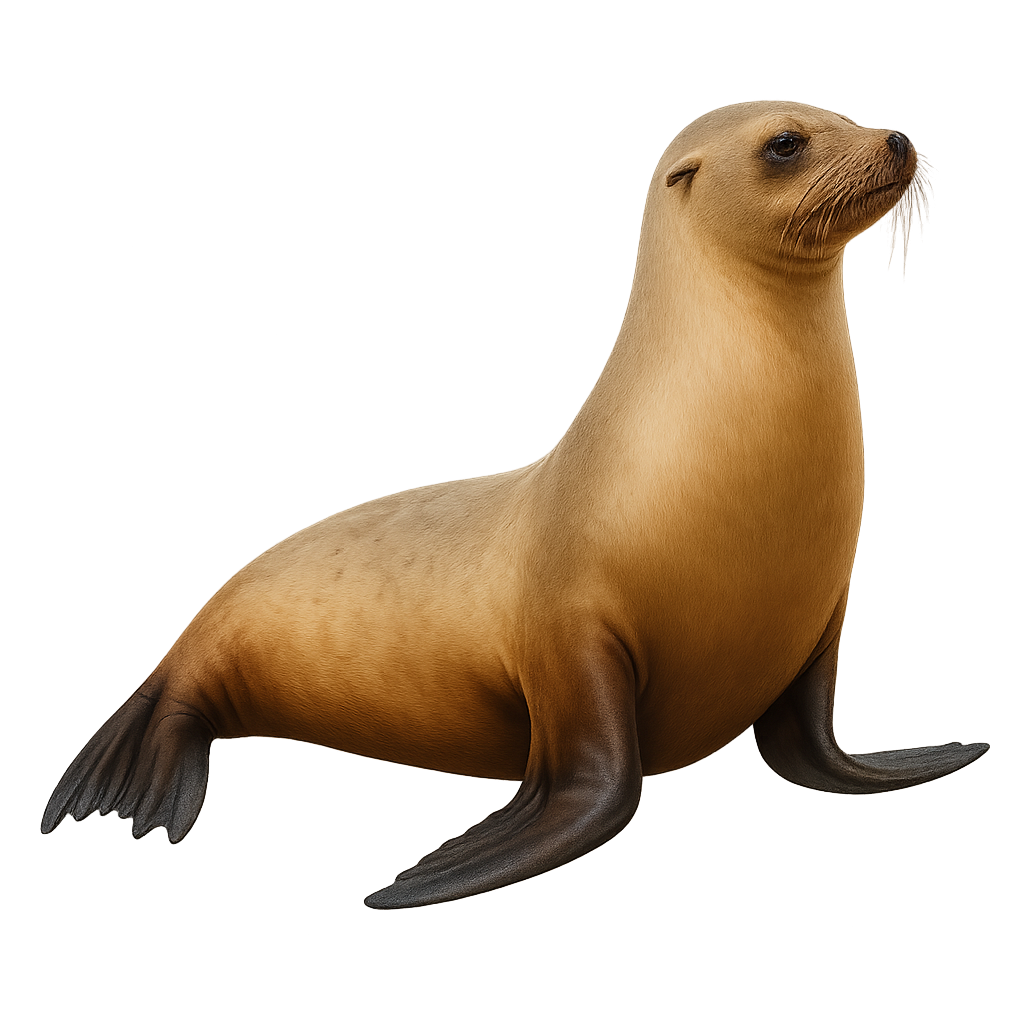Your wildlife photography guide.
Explore the galápagos sea lion in detail, study its behavior, prepare your shots.
Where to observe and photograph the galápagos sea lion in the wild
Learn where and when to spot the galápagos sea lion in the wild, how to identify the species based on distinctive features, and what natural environments it inhabits. The WildlifePhotographer app offers tailored photography tips that reflect the galápagos sea lion’s behavior, helping you capture better wildlife images. Explore the full species profile for key information including description, habitat, active periods, and approach techniques.
Galápagos Sea Lion
Scientific name: Zalophus wollebaeki

IUCN Status: Near Threatened
Family: OTARIIDAE
Group: Mammals
Sensitivity to human approach: Tolerant
Minimum approach distance: 10 m
Rut period: August to September
Gestation: 330-350 jours
Births: July to August
Habitat:
Beaches, rocky shores, mangroves
Activity period :
Primarily active during the day, with peak activity in the morning and late afternoon.
Identification and description:
The Galápagos Sea Lion, Zalophus wollebaeki, is an iconic species of the Galápagos Islands. These sea lions are recognizable by their dark brown fur and relatively small size compared to other sea lion species. They primarily inhabit the beaches and rocky shores of the islands, where they rest and breed. Galápagos sea lions are highly social and often form large groups. They are also known for their curiosity towards humans, making them a popular attraction for tourists. However, they are vulnerable to human disturbances and environmental changes, leading to their classification as a near-threatened species by the IUCN.
Recommended lens:
400mm – adjust based on distance, desired framing (portrait or habitat), and approach conditions.
Photography tips:
To photograph the Galápagos Sea Lion, it is advisable to use a 400mm or longer telephoto lens to capture detailed images without disturbing the animals. The sea lions are often active on the beaches during the day, providing plenty of photo opportunities. Try to capture moments of play or social interaction between individuals. Maintain a safe distance of at least 10 meters to avoid disturbing them. The golden hours of morning and evening offer soft and flattering light for photography.
The WildlifePhotographer App is coming soon!
Be the first to explore the best nature spots, track rutting seasons, log your observations, and observe more wildlife.
Already 1 430 wildlife lovers subscribed worldwide

